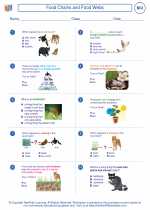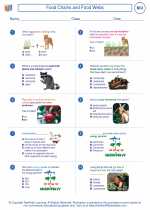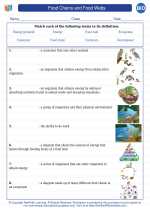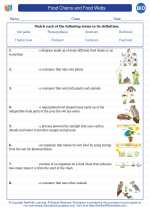Tectonic Movements
Tectonic movements refer to the large-scale movements of the Earth's lithosphere, which is the outermost layer of the Earth. These movements are driven by the forces generated from within the Earth, such as heat from the mantle and the movement of molten rock in the mantle. Tectonic movements lead to the formation of features such as mountains, earthquakes, and volcanic activity.
Types of Tectonic Movements
There are several types of tectonic movements, including:
- Plate Tectonics: The Earth's lithosphere is divided into several large and small tectonic plates that float on the semi-fluid asthenosphere beneath them. The movement of these plates leads to various geological phenomena, such as the formation of mountain ranges, earthquakes, and volcanic activity.
- Convergent Boundaries: At convergent boundaries, tectonic plates move towards each other. This movement can lead to the formation of mountain ranges, deep ocean trenches, and volcanic activity.
- Divergent Boundaries: At divergent boundaries, tectonic plates move away from each other. This movement can lead to the formation of mid-ocean ridges and rift valleys.
- Transform Boundaries: At transform boundaries, tectonic plates slide past each other horizontally. This movement can lead to earthquakes.
Effects of Tectonic Movements
Tectonic movements have several effects on the Earth's surface and its inhabitants, including:
- The formation of mountain ranges, such as the Himalayas and the Andes, through the collision of tectonic plates.
- The occurrence of earthquakes, which result from the sudden release of energy along fault lines where tectonic plates meet.
- The eruption of volcanoes, which is caused by the movement of magma from the Earth's mantle to the surface through tectonic plate interactions.
- The formation of oceanic features, such as mid-ocean ridges and deep-sea trenches, as a result of tectonic plate movements.
Study Guide
To understand tectonic movements, students should focus on the following key areas:
- Understanding the structure of the Earth's lithosphere and asthenosphere.
- Learning about the different types of tectonic plate boundaries and the geological features associated with each type.
- Studying the mechanisms behind earthquakes and volcanic eruptions, including the role of tectonic movements in these phenomena.
- Exploring the impact of tectonic movements on the Earth's surface and its implications for human populations.
Additionally, students can benefit from hands-on activities, such as creating models of tectonic plate movements using materials like clay and cardboard, and conducting research on specific tectonic events in different regions of the world.
By mastering the concepts related to tectonic movements, students can gain a deeper understanding of the dynamic processes that shape the Earth's surface and contribute to its geological diversity.
.◂Biology Worksheets and Study Guides High School. Food Chains and Food Webs

 Worksheet/Answer key
Worksheet/Answer key
 Worksheet/Answer key
Worksheet/Answer key
 Vocabulary/Answer key
Vocabulary/Answer key
 Vocabulary/Answer key
Vocabulary/Answer key
